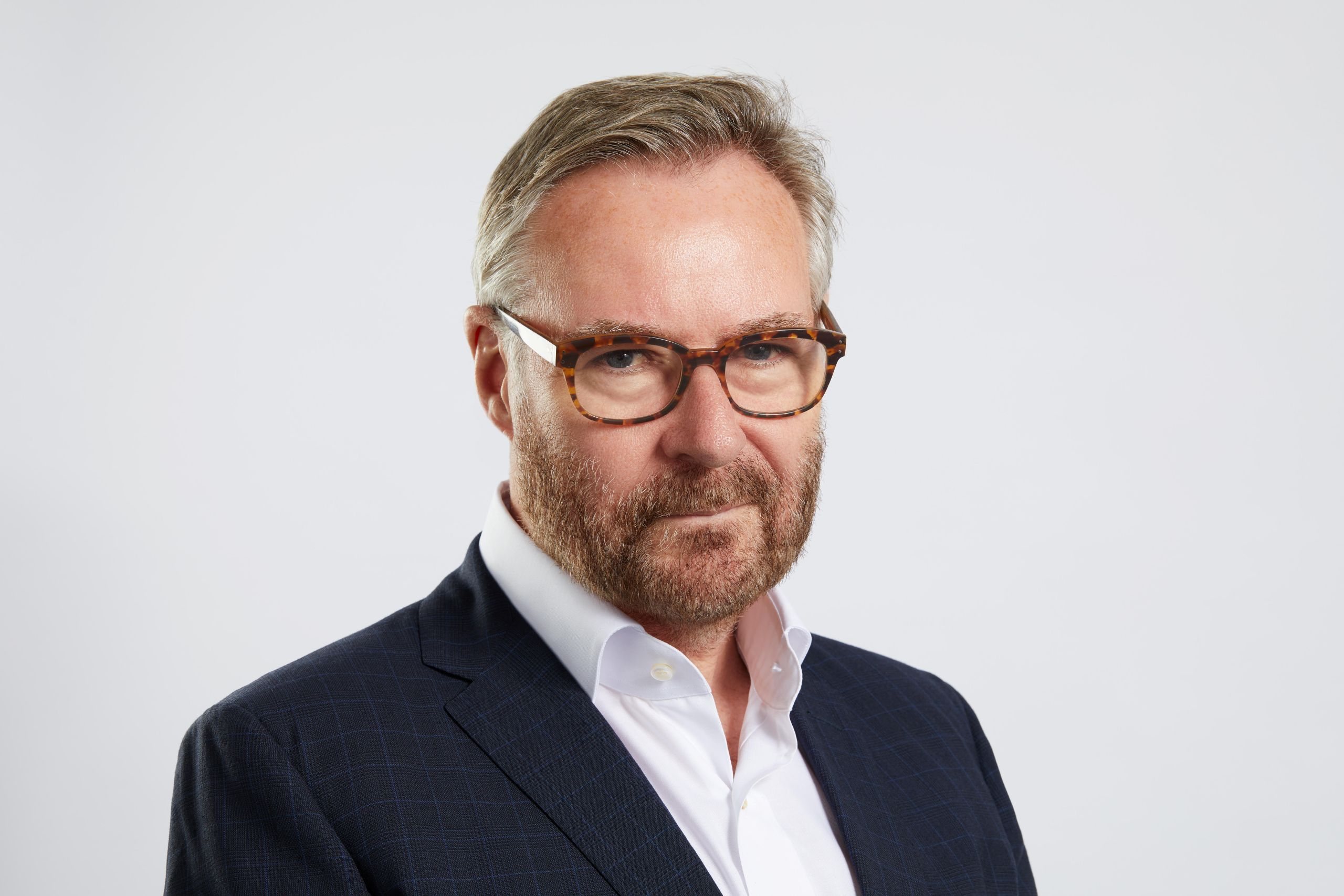
Brazilian fashion entrepreneur Oskar Metsavaht shares some lessons on building a global fashion brand from scratch.
Brazilian fashion entrepreneur Oskar Metsavaht shares some lessons on building a global fashion brand from scratch.
RIO DE JANEIRO – Oskar Metsavaht, self-described ‘curator’ of the Osklen brand and one of Brazil’s fashion visionaries, is an entrepreneurial trailblazer who has built his career steadfastly defying the industry’s prescribed ideas on achieving success. With no formal fashion training, Metsavaht has nevertheless rapidly risen during the past 19 years to great critical and commercial heights, with over 60 stores, including 7 outposts outside Brazil, and an annual turnover of over $80 million. What is more, despite the gloomy scenarios predominant among Western fashion brands, Osklen has managed to press on almost unscathed – the brand sustained annual growth rates in excess of 20 percent in the first quarter of 2009, and remains optimistic about the future.
So, how does he do it?
Lesson One: Build an Authentic Brand
From wherever entrepreneurs hail, they need to tap into a vein of authenticity from the very beginning, and in their brand identity manifest their beliefs, whatever they might be. A cornerstone of Oskar’s development of a brand identity was to incorporate diverse elements of his own background: a knowledge of performance sports and medicine, a love of recondite artistic references, a passion for human rights, and the fluid ease of Carioca style. By hybridising unexpected but complementary influences, he generated real, unique value absent in the market.
Metsavaht observes, “If you see the image I bring to Osklen, I think you’ll see that it encompasses my overall knowledge. My family has many artists on my mother’s side, opera singers, painters – they came to South America from Milan, to live in the south of Brazil and Buenos Aires. My mother was an art history professor. My father’s side is Estonian – he’s a physician and founded a faculty of medicine at a university, but he loves architecture and carpentry. When I look at myself now, I see my taste comes from the mixture of all these influences.”
This eclectic approach to creative production informs Osklen’s brand identity from start to finish, with unique products that reflect influences beyond the traditional boundaries of fashion. Metsavaht’s approach speaks of the fluidity and flexibility of his intellectual process. The practical advantage of this kind of attitude is that it results in a more complete experience for customers.
The Osklen brand presents a richly textured and nuanced vision of design as a vehicle for more than just surface appeal, promoting the notion of substance along with style.
Lesson Two: Innovate, Innovate, Innovate
The luxury world is replete with undifferentiated product lines that, while functional, fail to inspire genuine excitement among consumers. Today, this ‘follow the herd’ mentality is exacting a steep price, with companies discovering that the thoroughly spooked public no longer feels compelled to indulge in the rampant spending that came to define the past decade.
Today’s luxury entrepreneurs need to implement proactive, creative strategies, while remaining flexible and responsive to market feedback, and must be able to adapt their model along the way. This very approach characterises Metsavaht’s attitude towards entrepreneurship, and goes a long way in explaining how Osklen has thrived despite the crisis.
Metsavaht’s career path is unusual, to say the least. Before coming to fashion, he was a practising physician, specialising in sports medicine and orthopaedics. During an expedition to the Andes, in which he oversaw the team’s health, he designed some high-altitude clothing, combining his knowledge of ergonomics and bio-physiology to develop a new fabric to meet the group’s needs — a mix of nylon and cotton coated with Teflon facilitating the evaporation of perspiration.
Thus, it was Metsavaht’s experience as a physician that shaped his entry into the arena of fashion design, with his introduction of a truly innovative product into the market. High-tech fabrics have become a hallmark of Metsavaht’s line, and innovation has come to define both the brand’s ethos and operating model.
In the face of the downturn, companies are searching for ways to add both symbolic and tangible value to the consumer experience. A most efficient and cost-effective method is to make use of pre-existing skill sets within one’s management and creative team in order to create products that others can’t, or won’t, deliver.
Lesson Three: The element of surprise
From the outset, Metsavaht has defied convention, and dealing with adverse economic conditions is old hat for him. When he began his collections, Brazil was notoriously protectionist, and unfriendly towards small-business owners. Moreover, quality was not something for which the country was known.
Metsavaht set out to redefine what the ‘Made in Brazil’ label could come to represent. He remembers, “What we used to export in shoes and clothing was very low quality – the way of thinking was that low costs led to higher volume orders and profits – but I said that I wanted international quality on par with the things that I would purchase from Europe. People told me that it would never work because ‘Brazil isn’t known for quality and people don’t want this from us’, but some companies said, ‘I believe in your project’ and devoted a small portion of their capabilities to high-quality manufacturing.”

Osklen Summer 2009 Collection
Just as then, Metsavaht is confident that he knows what will work in the present moment. Despite Osklen’s continued growth, he has worked with his team to trim the fat and to position the company strongly should the crisis begin to hit the Brazilian market harder; but he refuses to skimp on the qualities that ensured his success in the first place.
Lesson Four: A genuine focus on sustainability
As the bottom falls out of conventional business models, and panicked executives ponder recovery strategies, there is a dangerous tendency to reach for the easiest and most immediately obvious solutions. Recent years have seen the ascendance of eco-awareness, but it must be said that Metsavaht had embraced these concerns before they were adopted as a strategy for weathering the economic storm.
“Sustainability is an essential part of my language of my style. In 1998 when I learned about the Kyoto Protocol, I saw something that could change the world. Not just in a romantic way, but I believed that important changes were going to start happening now. After the Earth Summit in Brazil in 1992, a lot of cool projects in many different disciplines began, but the design wasn’t sophisticated. People thought that sophistication had to equal elitism, and so the products ended up looking very crafty and unrefined. I thought that, in order to succeed, we needed to have great design without losing the values behind those products.”
Moving forward, dealing strategically with green issues cannot (and will not) provide a defining identity for every company; but all companies will need to think about how to address these issues for a consumer population increasingly likely to ask questions about the way products are sourced, produced and delivered.
Sameer Reddy is Editor-at-Large of Luxury Society









